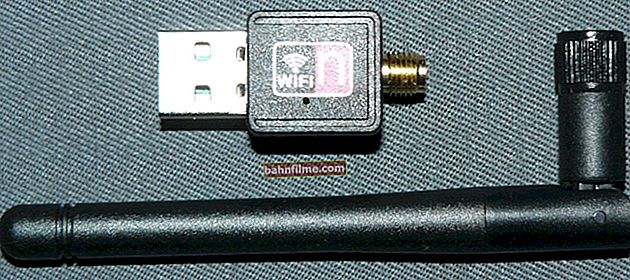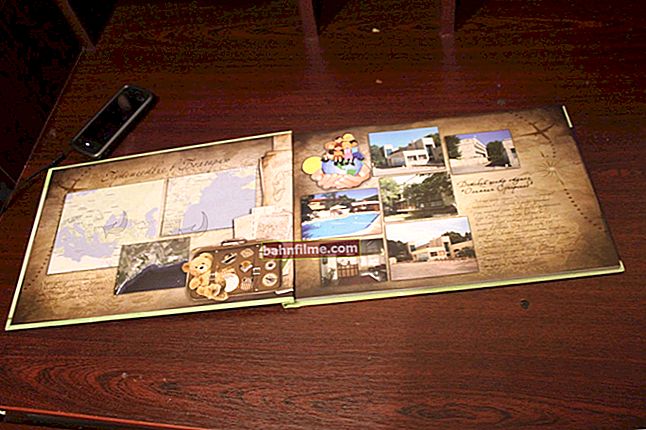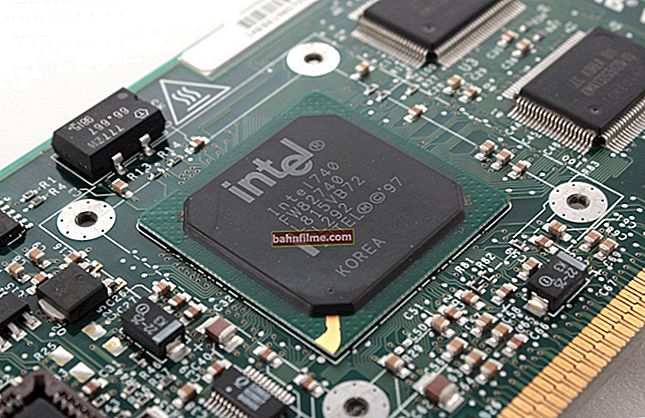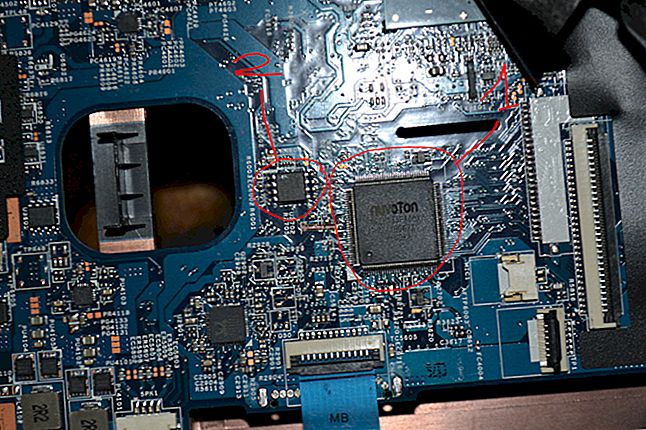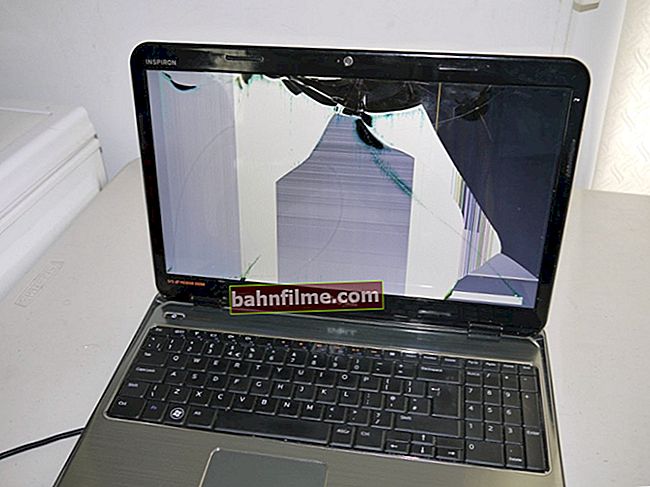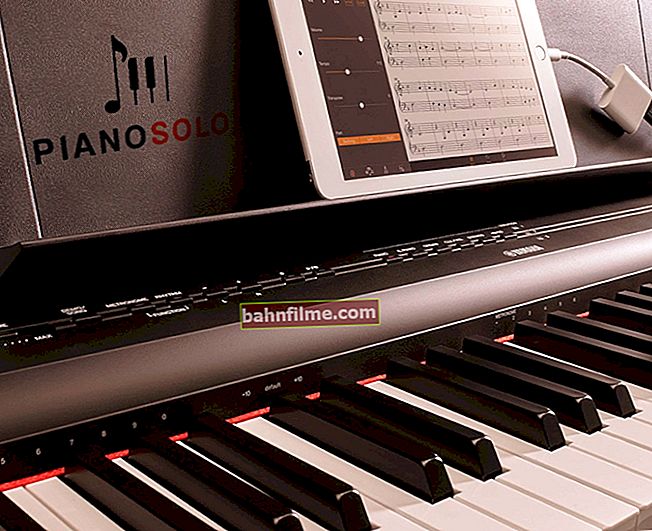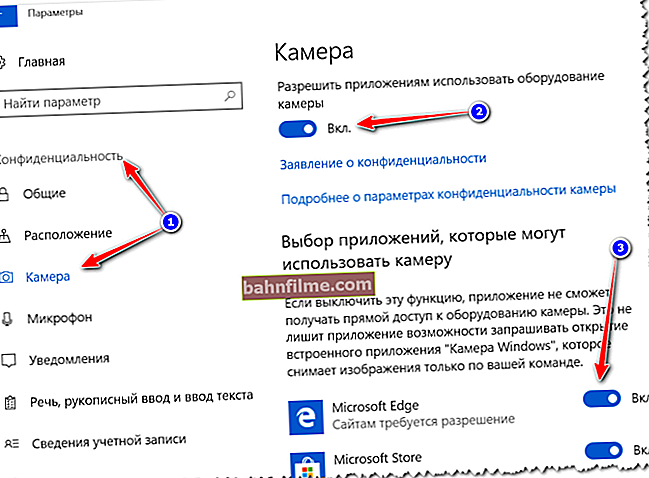
User question
Hello.
Tell me with one problem: I just can't enter the BIOS, I have already tried all the buttons (DEL, F2, ESC, F12, etc.) - the computer does not respond to them. Motherboard - GIGABYTE GA-H11 (as written in the specification for the PC). What can be done?
Hello.
It is difficult to name an unambiguous reason (by the way, you indicated the motherboard model incorrectly). Most often, you cannot enter the BIOS due to a "not working" keyboard or an incorrectly-selected key. Below I will give in order everything that you need to pay attention to ...
Note: if you need to enter the BIOS to install a new OS, then this can be done in another way (see p. 4, 5 below) ...
*
What to do if the computer does not enter BIOS / UEFI
❶
Key and time of pressing it
And so, the first thing to start with this problem is to clarify the key to enter the BIOS. In the overwhelming majority of cases, the key is used for this. DEL (for the board from GIGABYTE including). A little less often the keys F2, ESC, F10, F12. See instructions below for buttons for different manufacturers.
To help! Hotkeys for entering the BIOS menu, Boot Menu - //ocomp.info/goryachie-klavishi-dlya-vh-bios-boot-menu.html
Also important still one moment: BIOS / UEFI boot can be so fast that you may simply not have time to press the desired key. Therefore, try another option: when the PC / laptop is still turned off, hold down the enter key (ESC, for example), and then turn on the device (do not press the key until entering the BIOS!).

Press the key to enter the BIOS (for example, ESC) and turn on the device (laptop)
❷
There is an option to "get" into the BIOS without pressing keys at the boot stage ...
If you have a relatively modern computer / laptop with Windows 8/10 installed, then you can enter the BIOS through the OS interface.
First you need to open the section "Recovery" in the system parameters. Next, restart your computer using special boot options (see screenshot below).

Update and security - recovery
Then open the section Troubleshooting / Advanced Options and click on "Built-in EFI Options" (see photo below). Then the computer will reboot and the BIOS window will automatically open ...

Troubleshooting / Advanced Options
To help!

How to enter UEFI (BIOS) from the Windows 8, 10 interface (without using special keys F2, Del, etc.) - //ocomp.info/kak-voyti-v-bios-iz-windows.html
❸
Keyboard model and port used
Wireless keyboards have become very popular now. Everything would be fine, but a number of models simply do not work until Windows boots (the same can be said about some USB keyboards connected via various adapters ...).
The advice here is simple: have an emergency PS / 2 keyboard (it should definitely work). If you have a USB keyboard, then there are small adapters for it (USB to PS / 2). It is also worth trying to connect the keyboard directly to the USB ports located on the back of the system unit (if connected to USB 3.0, try USB 2.0 ports).

USB to PS / 2 adapter
❹
Reset BIOS settings
In some cases, resetting the BIOS settings to default helps fix the problem. There are two ways to do this:
- use on the motherboard spec. jumper (usually it is marked as Clear CMOS, see photo below);
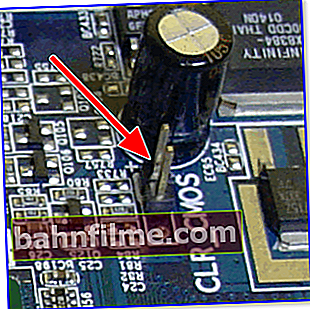
Jumper Clear CMOS
- remove the battery and wait 10-15 minutes. By the way, pay attention to one point: do you constantly reset the time on your PC (after each shutdown)? This may indicate that the battery has run out and should be replaced.
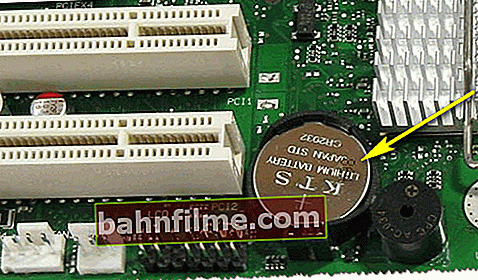
Battery on PC motherboard
By the way! After a similar procedure (even if you still cannot enter the BIOS), most likely its settings have been reset. And this may, for example, allow you to start the Windows installation from a bootable USB flash drive / DVD (because by default, in many BIOS versions, the CD / USB stick is the first boot device, and then the hard drive).
❺
Disconnecting the hard drive
In some cases, due to a faulty hard disk, its initialization is delayed (sometimes it even leads to a freeze of the PC). Of course, this point could also be the cause of the problem in question ...
What you can do: Try disconnecting all drives from SATA, USB, M2 ports of your PC (flash drives, hard drives, solid state drives, etc.). Ideally, leave one keyboard and monitor, after rebooting the device and trying to enter the BIOS.
By the way! If you need to enter the BIOS to install the OS, then you can try to format the hard drive on another PC, and then connect it to the current one. Thus, Windows will not be started from it and the PC will automatically try to boot from the connected installation flash drive (CD). At least this is relevant for the default BIOS settings ...
To help!
How to connect a second hard drive to a computer, laptop - //ocomp.info/kak-podklyuchit-vtoroy-hdd.html
How to format a hard drive: ways - //ocomp.info/kak-otformatirovat-zhestkiy-disk.html
❻
BIOS update
If all the previous steps were unsuccessful, it might be worth updating the BIOS. Moreover, it is not at all necessary to upgrade the version - you can install something older (note: the new version does not always work more stable than the current one).
Modern devices allow you to run BIOS / UEFI updates directly from under Windows. The entire update usually boils down to downloading and running the EXE file (like any other program), and after the PC / laptop will reboot and update the BIOS on its own (automatically, without your participation).
Of course, the method is relevant for those who already have Windows OS on the disk. More detailed instructions below.

UPDATE BIOS (HP laptop)
To help!

How to update laptop BIOS (for example HP) - //ocomp.info/kak-obnovit-bios-noutbuka.html
*
Happy work!
👋


